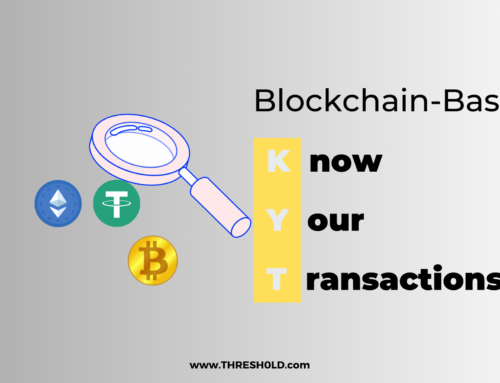In May, the crypto industry suffered the collapse of the Terra ecosystem, causing panic and forced selling, leading to a liquidity crunch. By early June, Celcius Network, one of the largest crypto lenders, paused its withdrawals, and soon bankruptcy rumours started spreading. Afterwards, reports about the liquidation of crypto hedge fund Three Arrows Capital (3AC) fueled fears of contagion and systemic risk.
Each day has felt like a vicious cycle of bad news and FUD. Here’s an overview of what happened and the latest to know.
Celcius Network
Celcius had over $8 billion lent out to clients and $12 billion in assets under management (AUM) as of May 2022. However, in a surprising announcement on June 12, the crypto lending firm said they would pause withdrawals because of ‘extreme market conditions.’ This announcement and the pause briefly sent Bitcoin’s price below $20,000.
Celcius laid off 150 employees and got a new board of directors, all bankruptcy attorneys. But Celcius was not bankrupt then. The crypto lender said it had $167 million in cash ‘to support certain operations’ and was paying debts, albeit selectively. Celcius has repaid $150 million worth of DAI to MakerDAO, but they still owe MakerDAO about $82 million in DAI.
The settlement of their debts had Crypto Twitter speculating that Celcius would soon file for bankruptcy and will continue to freeze withdrawals. True to the speculations, on Wednesday, July 13, Celcius filed for Chapter 11 bankruptcy protection in the U.S. Bankruptcy Court for the Southern District of New York. The company also filed motions to be allowed to continue operating “in the normal course,” so it can continue paying employees and customer benefits. Withdrawals are still paused and will address customer claims through the Chapter 11 process.
The Liquidation of Three Arrows Capital
June saw the collapse of Three Arrows Capital (3AC), a fund with over $10 billion in AUM, reduced to a debtor with several debtors knocking at the door. 3AC had major losses due to the collapse of algorithmic stablecoin terraUSD(UST) and its sister token LUNA. The losses were felt when 3AC defaulted on a loan from Voyager Digital of $350 million worth of USDC and 15,520 Bitcoin, worth about $304 million then. 3AC had also borrowed from BlockFi but could not meet the margin call.
3AC filed and went into liquidation by June 27. In a liquidation, a liquidator is appointed to total the company’s assets and distribute them among creditors. Teneo is the court-appointed liquidator and will be accessing the asset claims. According to its bankruptcy filing, 3AC had $3 billion in April 2022, a sharp decrease from Analytics firm Nansens’ report of $10 billion in assets. Additionally and according to the filing, the whereabouts of the fund’s two founders, Kyle Davies and Su Zhu, are unknown.
Big Plans for Bankrupt Voyager Digital
On Friday, July 1, digital asset brokerage Voyager Digital paused all customer tradings, deposits, and withdrawals. Voyager’s move came amidst many margin calls and defaults in the crypto market, causing more selloffs in crypto. Less than a week after the crypto lender halted withdrawals, Voyager filed for Chapter 11 bankruptcy protection in New York, just like Celcius Network.
The firm says it has $110 million of cash and owned crypto assets, plus $1.3 billion in crypto assets on its platform. However, Voyager owes about $1 million to Google and $75 million to Alameda Research – which recently lent Voyager $485 million. The rest of the unsecured creditors are customers. Voyager also holds $350 million of customer money in an omnibus account at Metropolitan Commercial bank – which was ruled to be shared with customers after a fraud prevention process.
But Voyage has a plan. On July 5, it sent its customers an email stressing that it’s not going out of business because of this plan.
Lessons learnt
Though some industry experts see similarities between now and previous crypto winters, we cannot ignore some lessons from these crashes. The three companies have one thing in common- over-leverage. If the firms had better risk and portfolio management, LUNA’s crash would have given them a loss, but not enough to push them into bankruptcy.
The biggest lesson would be a return and focus on fundamentals. In the past, the new and most interesting projects got attention and capital. Moving forward, the focus shouldn’t just be on strong protocols, teams, and use cases. We must also emphasize protecting both investors’ rights and their ability to recover from losses, especially those similar to the crashes mentioned above.





